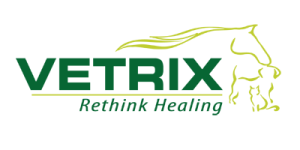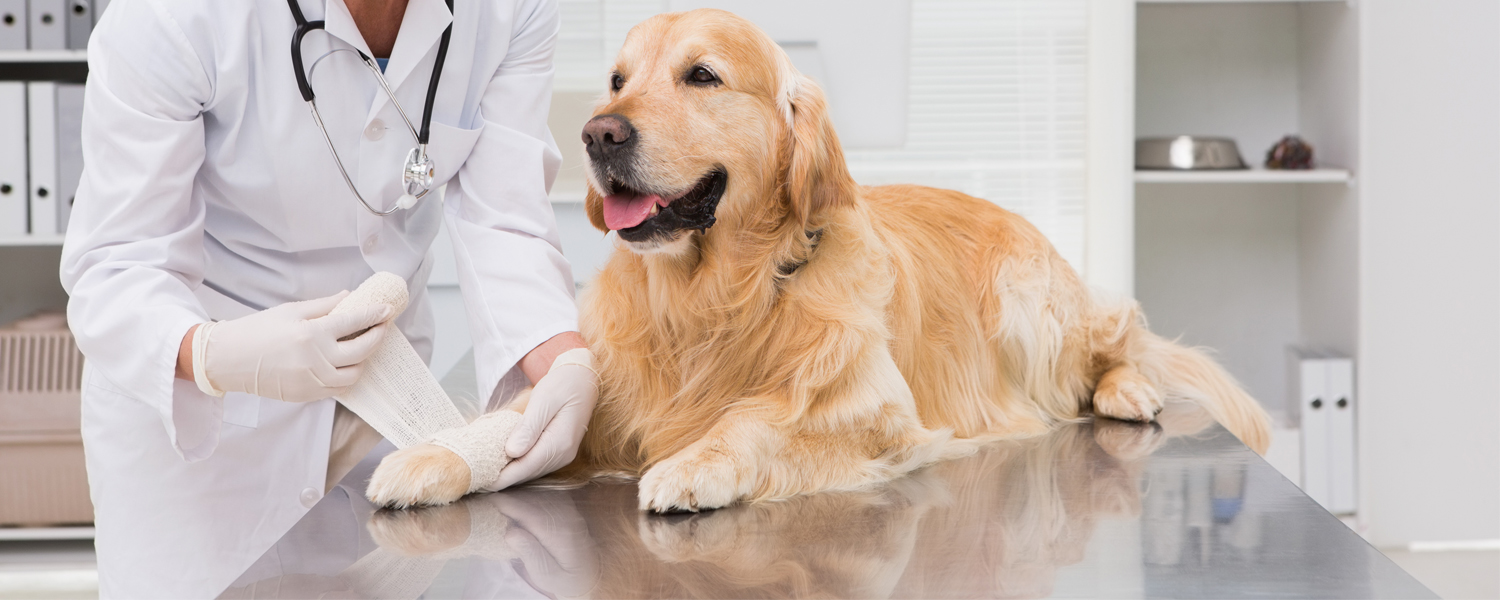 Any veterinarian worth their salt knows that providing superior wound care treatment starts with assessing the overall stability of the animal. Once the patient is stable, the next step is administering first aid for the wound as soon as safely possible. Your treatment should follow the fundamentals of debridement, infection or inflammation control, and moisture balance. Success depends on taking the correct approach and deciding whether to manage the wound as open or closed.
Any veterinarian worth their salt knows that providing superior wound care treatment starts with assessing the overall stability of the animal. Once the patient is stable, the next step is administering first aid for the wound as soon as safely possible. Your treatment should follow the fundamentals of debridement, infection or inflammation control, and moisture balance. Success depends on taking the correct approach and deciding whether to manage the wound as open or closed.
Before considering surgery, veterinarians looking for a more effective wound treatment should explore Healion Amniotic Matrix. The solution is an easy-to-use, sterilized powder that promotes the healing of wound sites.
Provide Superior Wound Care with Healion Wound Matrix
When choosing wound care solutions for your patients, protecting the wound sight from further contamination and trauma is often a top concern. This is where Healion Wound Matrix can help, especially in situations where a wound cannot or should not be closed. Healion is a decellularized amniotic membrane supplied in fine, dry, sterilized white powder form for veterinary use. It leverages the natural healing properties of amnion to modulate inflammation and create an environment conducive to rapid cell migration. All you must do is puff the solution onto the wound bed and cover it with a non-adherent bandage.
Once administered, and as we touched on at the beginning of this post, it’s advised you consider the following four things while caring for your wound patient:
- Giving the wound proper support
- Maintaining proper moisture levels
- Mitigating infection risk
- The phases of wound healing
If these four factors aren’t considered when bandaging and monitoring your patient, you might not see the healing you expect. (Remember pain management throughout the phases of recovery, too.)
Healion Wound Matrix serves as a wound care solution where open wound management or delayed wound closure is the best course of action for the patient. Healion is uniquely designed to enable veterinarians to provide superior wound care treatment and is indicated for the management of wounds, including:
- Partial wounds
- Full-thickness wounds
- Surgical wounds
- Trauma wounds
- Draining wounds
Do You Want to Provide Superior Wound Care Treatment?
It’s time to join top veterinarians using the best regenerative wound care technology and provide your patients with faster and more effective treatment options. Healion Wound Matrix provides an ideal healing environment and flexibility in treating both acute and chronic wounds, and it’s affordable.
Healion is cost-effective and packaged to fit procedural needs. Learn about Healion Wound Matrix pricing (available in 6-pack, 12-pack, and 24-pack options).

 Veterinary medicine is constantly changing and evolving. We’re thankful for the innovation, but as new technologies and treatments are developed, it impacts how we care for animal patients. Keeping up with the ever-expanding veterinary world can be overwhelming. To make keeping up with the best veterinary care available easier, we’d like to share a short list of three trends to watch in 2023.
Veterinary medicine is constantly changing and evolving. We’re thankful for the innovation, but as new technologies and treatments are developed, it impacts how we care for animal patients. Keeping up with the ever-expanding veterinary world can be overwhelming. To make keeping up with the best veterinary care available easier, we’d like to share a short list of three trends to watch in 2023.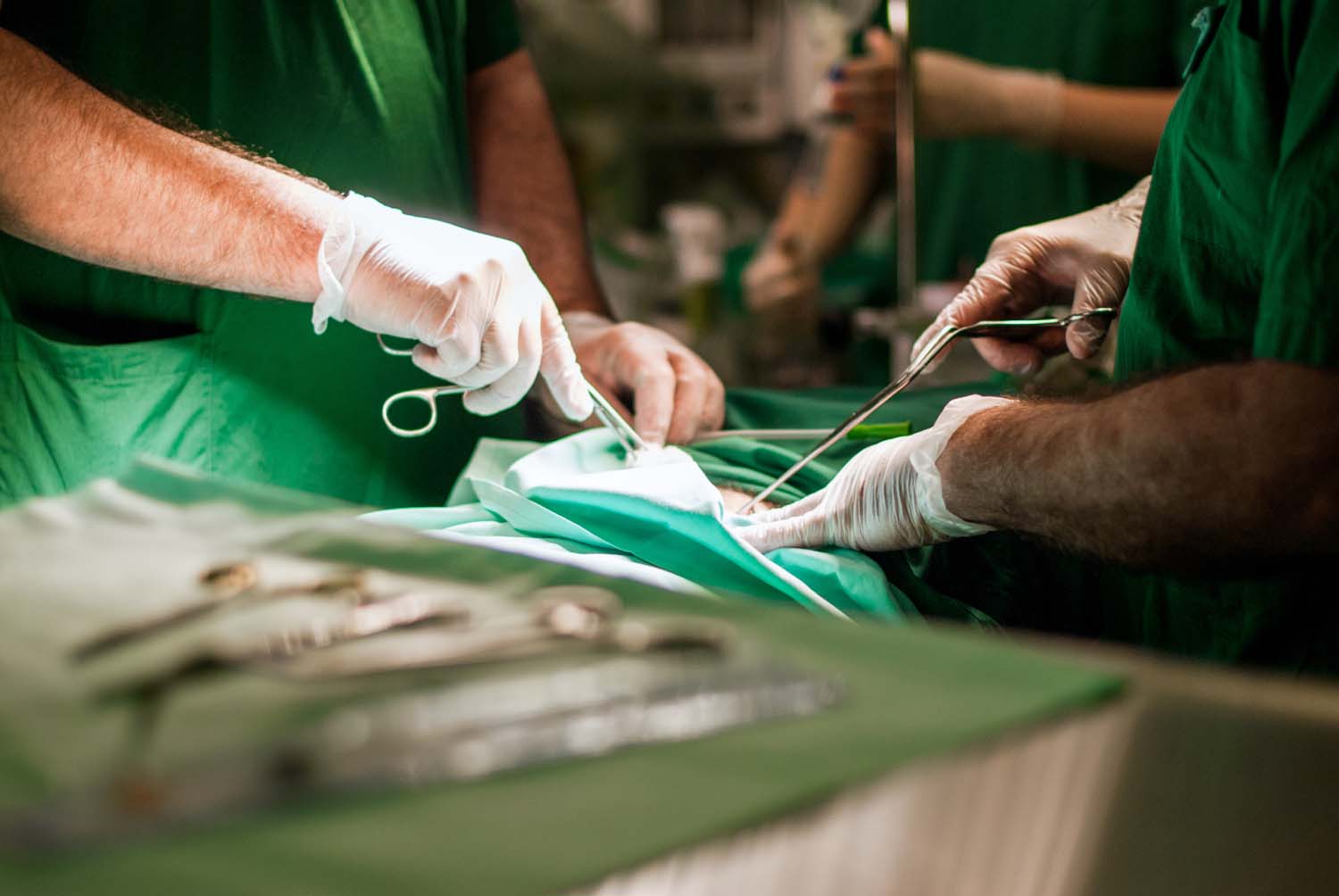
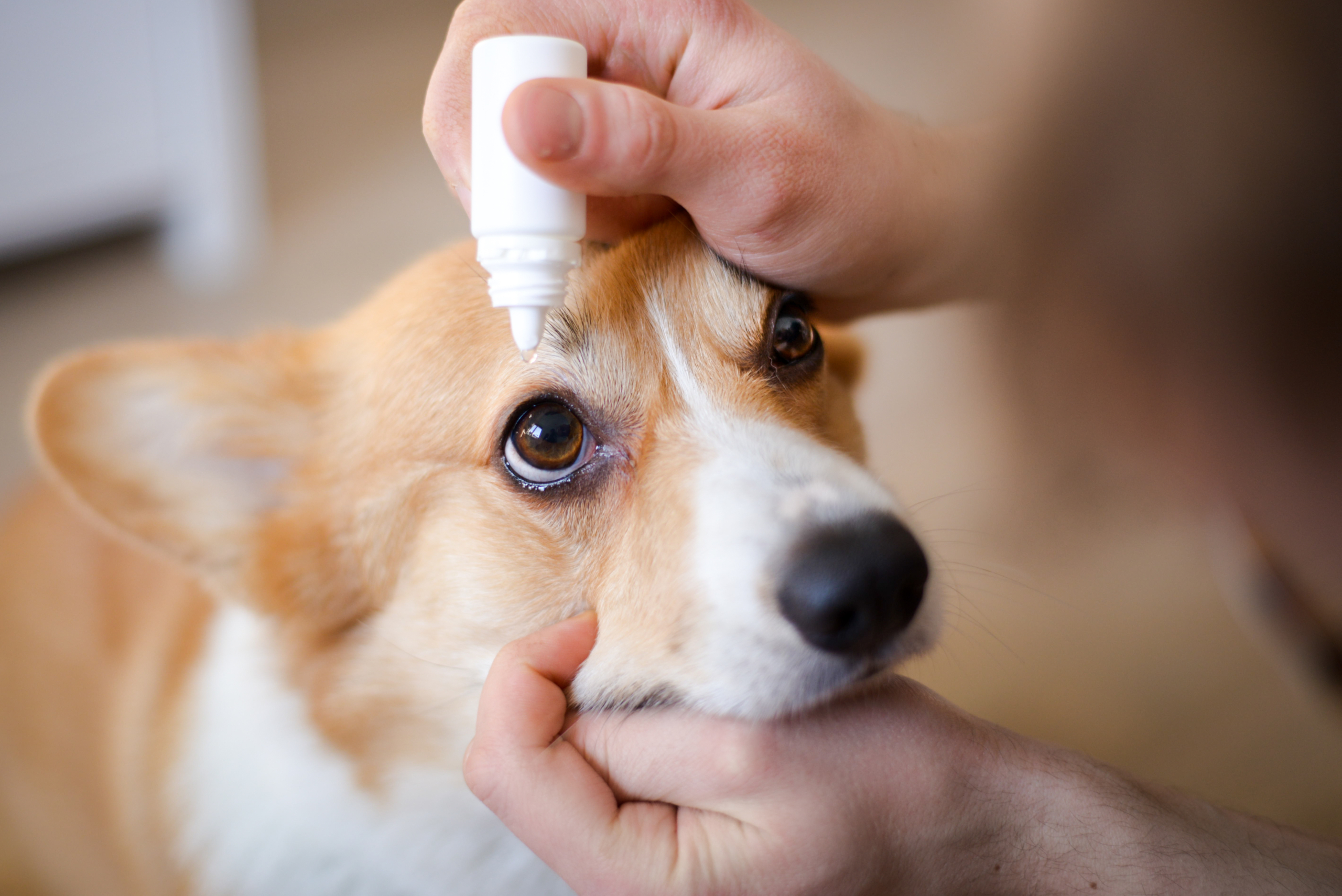
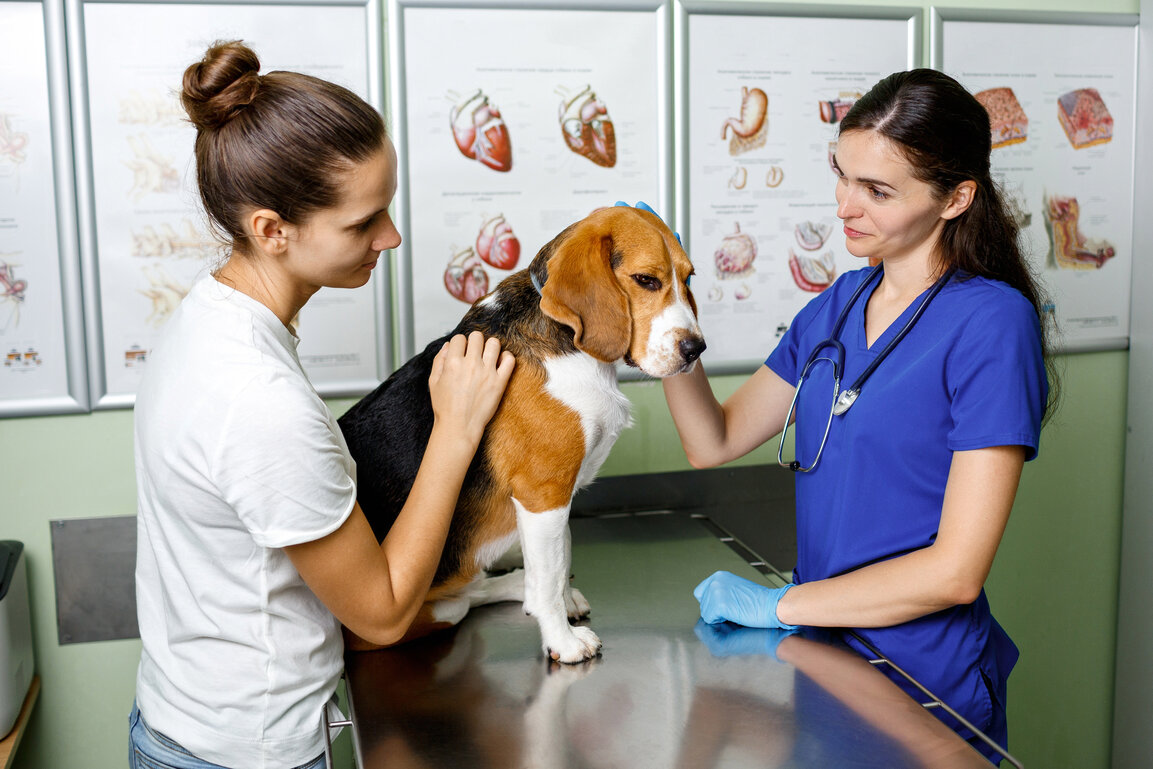
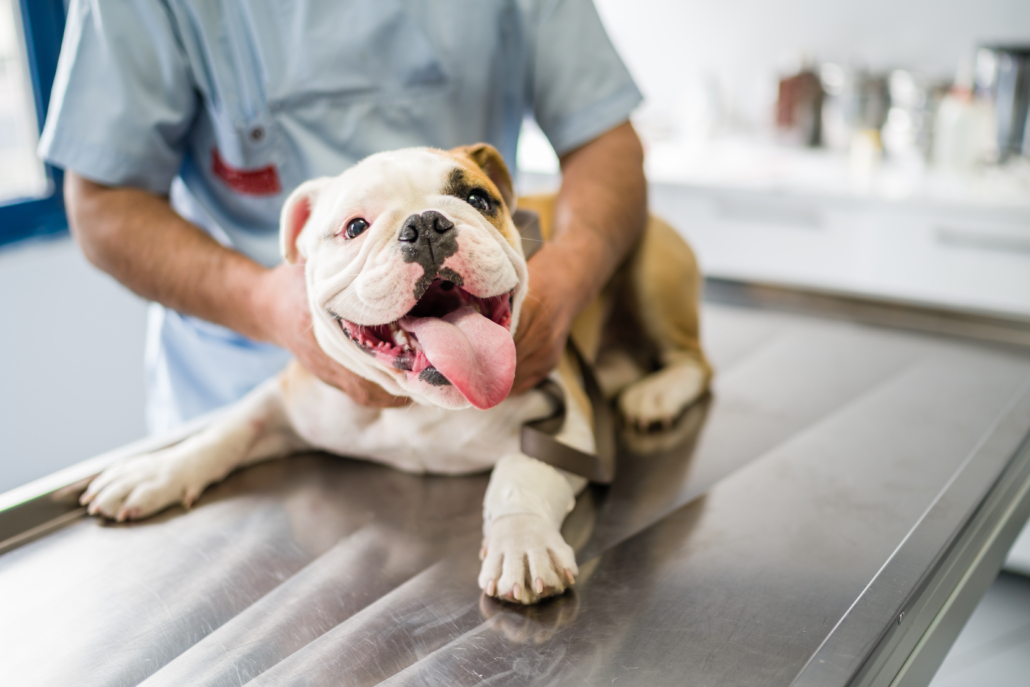 Veterinary regenerative medicine started in the mid-1990s when bone marrow-derived
Veterinary regenerative medicine started in the mid-1990s when bone marrow-derived 